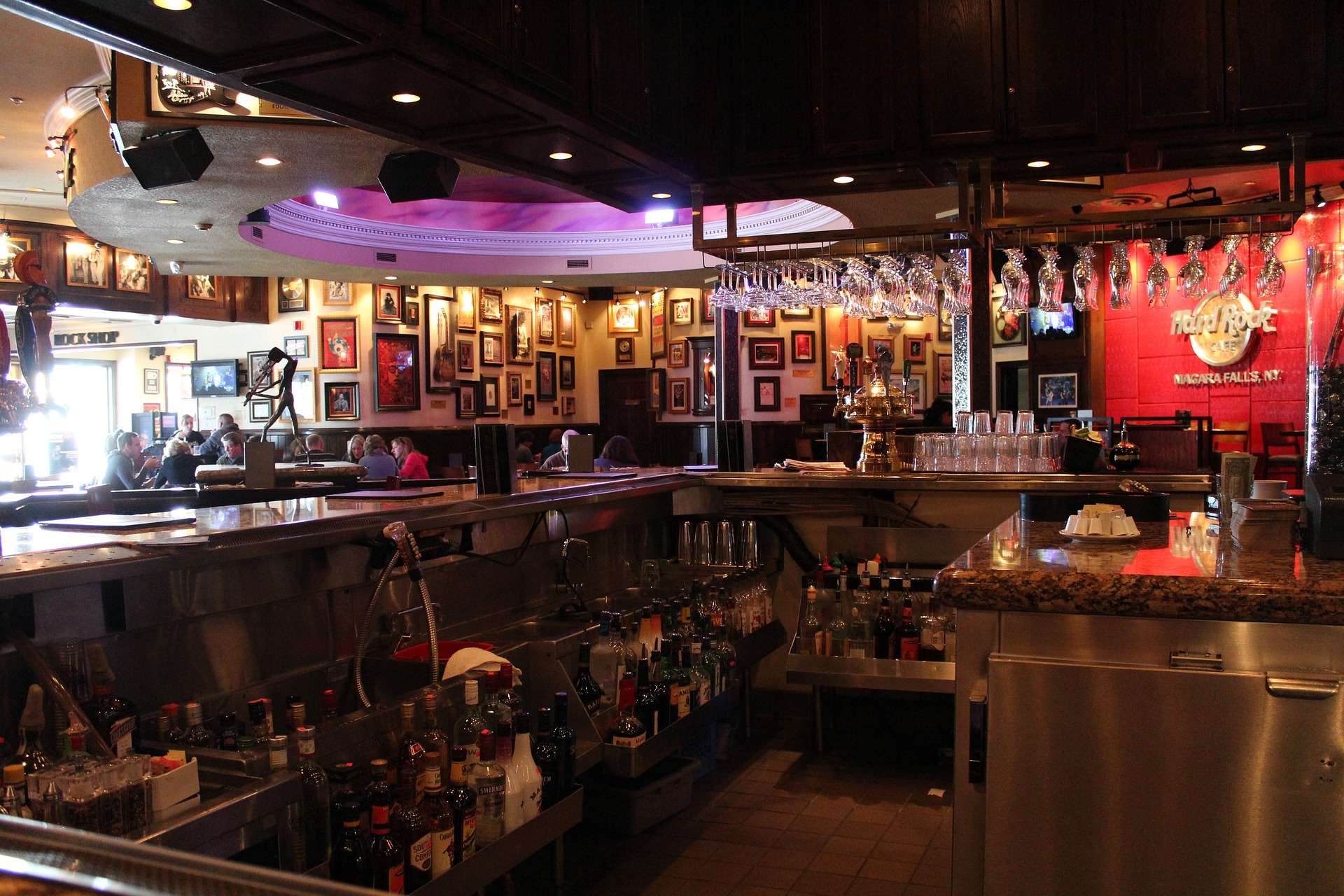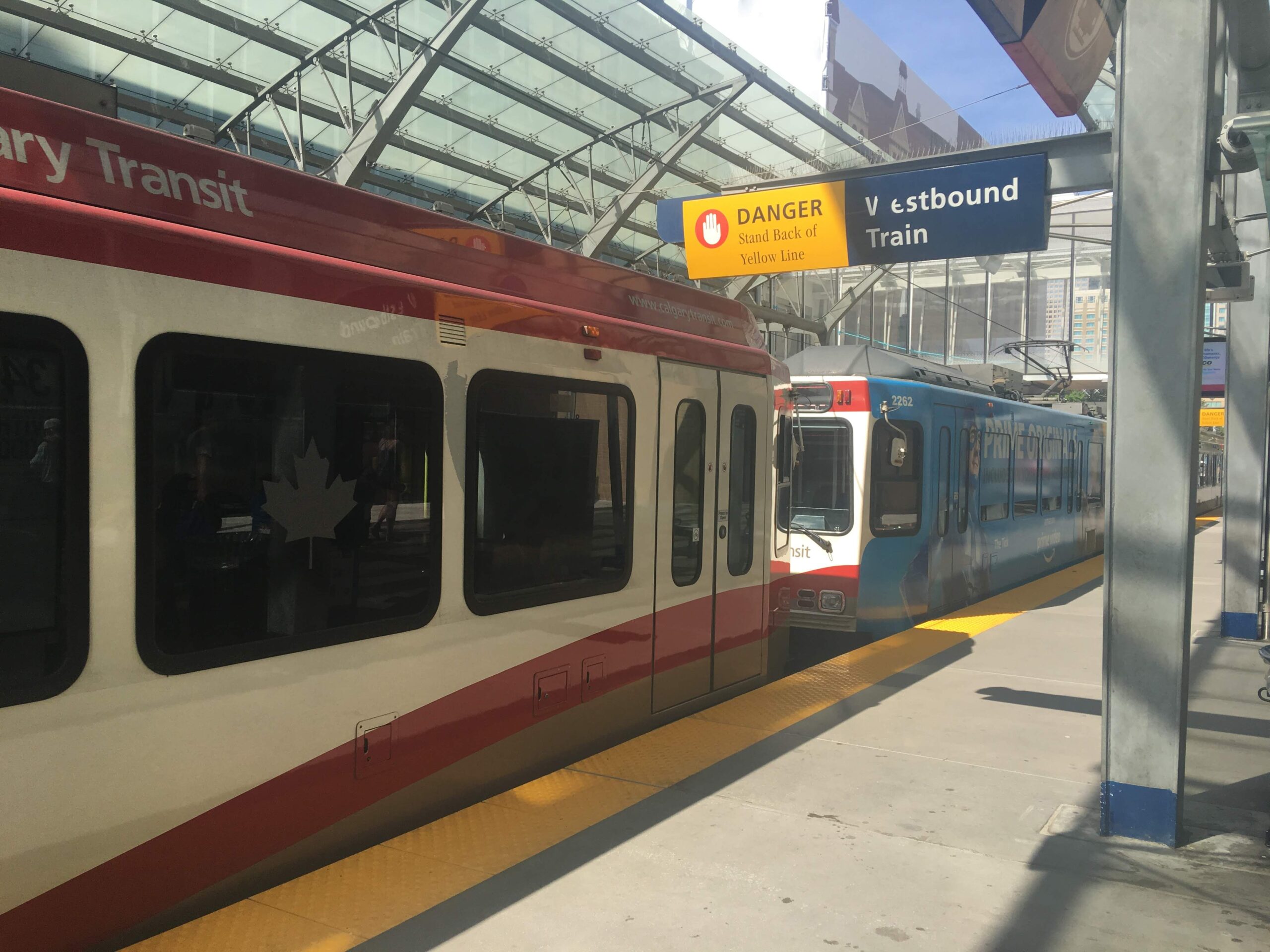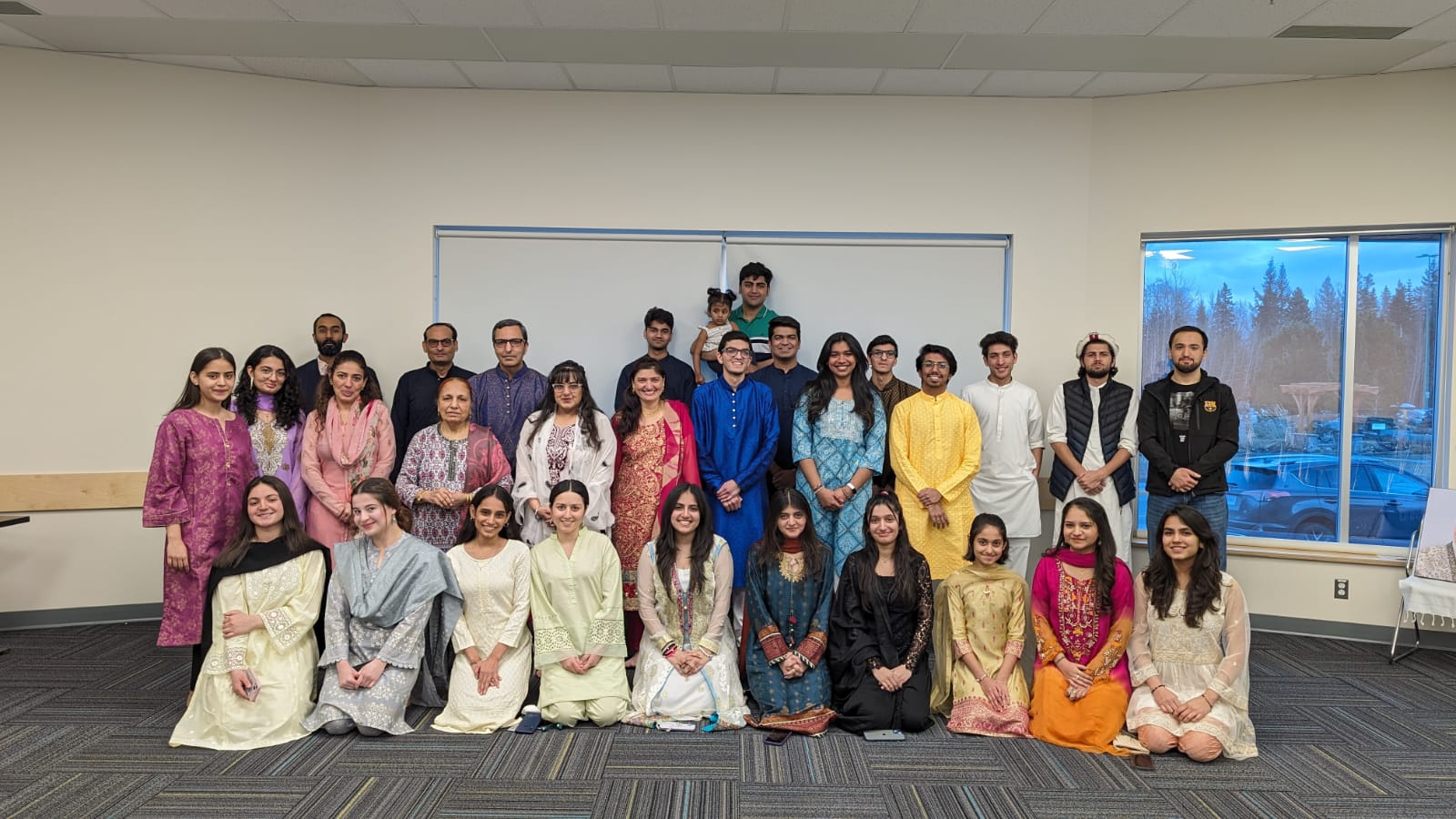Most likely, almost every one of you has been to a bar, pub or restaurant. Each of us has his own opinion about how a guest should serve us and what the atmosphere should be. However, have you ever thought that you could only see one side of what a pub looks like? Being a visitor, you don’t always notice how everything looks from the other side. Today we will talk about what the bar and its visitors look like from the employees.
Tips. No one forces visitors to leave tips. However, if you have not left any, your server is in a bad position. If your server did not serve you well, it is fair to leave it without a tip since you also pay for service and atmosphere in a pub or restaurant. However, if your server did its job well and you had a great time, leave him a tip. You can say that you don’t want to spend extra money. It may sound not nice, but the servers work for tips. In the pubs, tip-out servers are used by the rest of the employees based on how much they sold, not how much they tipped. Therefore, if visitors do not leave tips, then the servers remain in the red.
The behaviour of visitors. After working in a bar, you meet different people, some of them are friendly, some come to complain. Perhaps the most challenging thing is visitors who get drunk and start acting up. People who have had too much alcohol are the most difficult to get out of the bar because the more intoxicated a person is, the more he disagrees with what is behaving wrong. In some situations, when people start acting aggressively, you even have to call the police. Such problems occur most often on weekends because many people want to relax. However, not everyone knows their measure.
The atmosphere in the team. Each pub or bar has its recruitment policy and criteria by which employees are selected. When you are chosen for a job and pass the interview, you are just happy, but you never know with whom you will have to work in the same team. Here as luck would have it. Interaction between colleagues is significant because the quality of the discussion and the atmosphere in the bar depend on it. From my experience, I can say that if you can make friends with your team and find a common language with everyone, then it will be much easier and more fun for you to work. In our pub, many employees are about the same age, which significantly helps work. However, each team has employees with whom it is more convenient for you to work. There is also a cash bar in some bars on weekends and the server station. These days, bar employees discuss who is more comfortable to work with and on which side, which also helps to avoid conflicts on a busy night. What kind of management you have and how accessible they are to employees is also essential. You can avoid disputes and misunderstandings if you have no problems approaching the manager and discussing what you care about.
The division of tips in each bar and restaurant is different. Each bar and restaurant have its tip-sharing policy. Somewhere tips are divided between servers and bartenders equally depending on the number of hours worked. In other places, each server and bartender have their tips. I have noticed that the policy of sharing tips significantly affects teamwork. Teamwork is much less noticeable in a bar where employees have their ends because everyone works on their tips and focuses on the quality of service only for their tables. However, in a bar where tips are divided equally, the skilled employee works harmoniously and helps each other regardless of whether it is their table.
Last call principles. Indeed, many are familiar with the previous term call. The final call is when you can order a drink or a meal for the last time during the night. Many visitors get angry when they come to the bar and are told that the previous call has already been made. Try to call the bar and ask what time the last call will be, especially if you plan to come late. Also, if you realize you do not have time to get to the establishment before the last call, call in advance and place an order.
Each employee has their role. The bar employees have their positions: server, bartender or busser. Each of them fulfills its role. For example, servers are responsible for table service, bartenders for cocktail preparation and customer service at the bar. Of course, each can help you and redirect you to the right person, but do not expect a busser to serve you and do not be angry with him. The bussers have no authority to serve guests or make drinks. Also, if you are sitting at a table and a server is helping you, this particular server is responsible for your orders. The other servers or bartenders do not know where exactly you are sitting and most likely will not be able to help you if you ask for an order from them.
Why can’t Bouncers just let everyone in? Why are they standing in line? Coming to a bar or club closer to 11 pm on the weekend, you will have to stand in line. Most likely, many of you have wondered why bouncers can’t let everyone in because there is still a lot of space in the pub. Each bar or club has a limit of visitors prescribed in their license. Employees walk at a counter every 10-15 minutes and count how many visitors are currently in the institution, including employees. Therefore, even if it seems that it makes no sense to stand in line since there is still plenty of room in the bar, here is the answer to your question. The owners don’t want to get fined for breaking the rules. Several times I came across officers who arrived on weekends, checked the license and counted the number of visitors.
This article is based on personal experience, and what is written in the article may differ from your knowledge or observations. The purpose of this article was to introduce you to the work and life of the bar from the inside!





